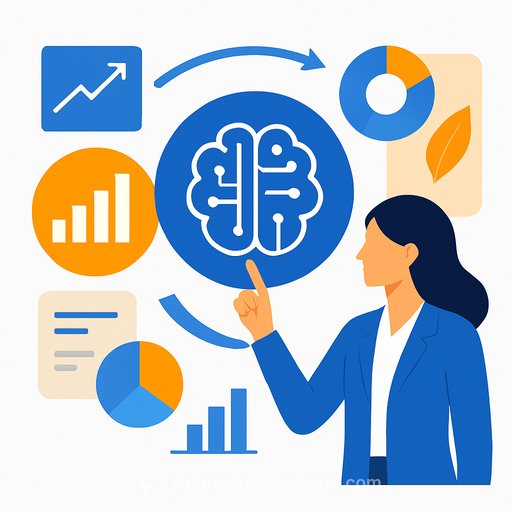Malaysia's 2030 AI push: What executives need to know now
Malaysia is moving hard on its National AI Action Plan 2030 with a clear goal: translate technology into measurable productivity and public welfare. The signal is strong-execution will be the benchmark.
What changed
Following a National Digital Economy and Fourth Industrial Revolution Council meeting, Prime Minister Anwar Ibrahim set a practical tone: policy must yield outcomes. The government is centralizing transactions via the new MyGOV Malaysia app and scaling a national digital ID to speed adoption across the economy.
Core moves to watch
- Single window for government: The "MyGOV Malaysia" application will consolidate all government transactions. Ministries and agencies have been told to integrate quickly.
- Digital identity at scale: "MyDigital ID" aims for 15 million registrations by year-end, verified by the National Registration Department.
- Connectivity for talent pipelines: Internet access expansion now targets colleges and vocational training institutions, not just public universities.
- Infrastructure first: The administration views strong digital infrastructure as the base layer for the country's digital economy.
Implications for business and strategy
- Lower friction with government: A single interface should speed permits, incentives, compliance, and procurement.
- Stronger eKYC and onboarding: MyDigital ID can reduce fraud risk and time-to-serve for finance, telco, health, logistics, and public services.
- New B2G opportunities: Agencies integrating into MyGOV will need identity, data, and AI solutions. Expect RFPs around integration, analytics, and service automation.
- Talent and delivery capacity: Expanded connectivity across colleges and TVET will widen the entry-level pool for data and AI roles.
Executive actions to take this quarter
- Integration roadmap: Map priority government workflows to the MyGOV interface; assess API readiness and required middleware.
- Digital ID readiness: Pilot MyDigital ID for customer onboarding and workforce identity. Align legal, risk, and data teams on consent and retention.
- AI use cases tied to productivity: Prioritize 3-5 AI projects with clear cost or throughput gains (claims handling, document processing, demand forecasting, citizen service).
- Data foundations: Establish data quality baselines, access controls, and audit trails. Prepare for cross-agency data exchange standards.
- Talent pipeline: Partner with universities/TVET for internships and micro-credential pathways in data engineering, MLOps, and cyber.
- Connectivity audit: Ensure branch, plant, and campus links can support AI workloads, edge devices, and secure identity verification.
Metrics to track
- MyDigital ID registration numbers and agency adoption
- Number of services integrated into MyGOV and published APIs
- Average approval and processing times for key permits or claims
- Connectivity coverage across colleges and vocational institutes
- AI project ROI: cycle-time reduction, error rates, cost per transaction
Risk notes
- Privacy and consent: Align with national standards; implement clear consent flows and data minimization.
- Interoperability: Design for schema versioning and API changes; avoid brittle integrations.
- Change management: Train front-line teams early; set performance targets linked to digital workflows.
- Vendor lock-in: Favor modular architectures and contract exit clauses.
Outlook
The direction is clear: centralize access, verify identity at scale, and extend connectivity to feed a larger AI-capable workforce. Firms that align operations with MyGOV and MyDigital ID now will gain speed, lower compliance friction, and better data for AI adoption.
MyGOV Malaysia official portal
If you're building internal capability for these shifts, explore focused executive learning paths here: AI courses by job role.
Your membership also unlocks:






